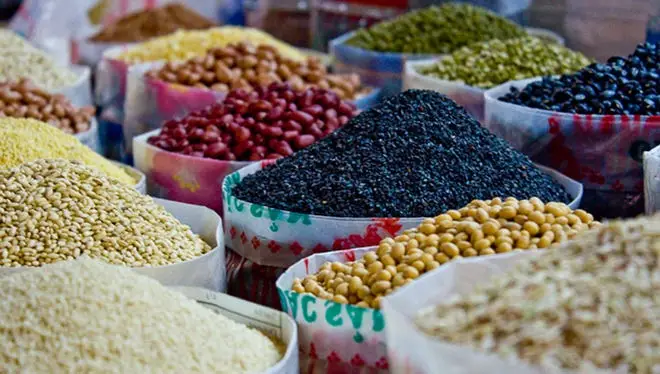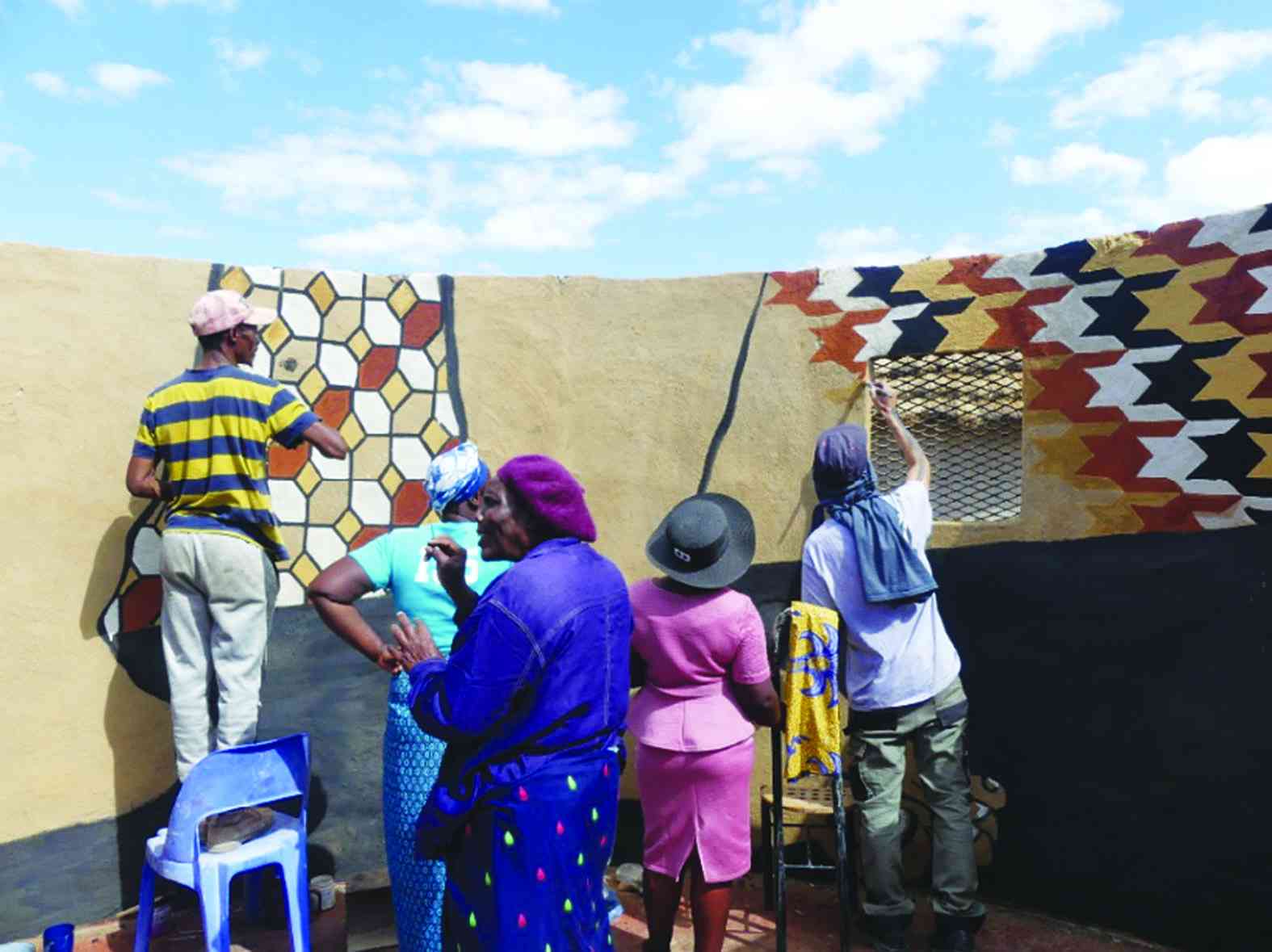
ONE of the questions that has not received adequate answers for decades is: Who sets prices in self-organised African mass markets?
Formal markets like supermarkets may have a board that sits down to determine prices after examining costs and other factors. What happens in open mass markets?
Every open market has an invisible cartel of price experts who set prices of commodities based on historical trends (not codified) and supplies to the market, which give signals of the volumes coming from diverse farming areas.
However, price setters in mass markets are often unaware of production costs in different farming areas, which should be carefully considered in setting prices. Cost to the environment should also be factored into pricing of commodities. All these market dynamics are too important to be left to cartels and middlemen who may end up pricing farmers out of business.
African agriculture and food systems now require a dynamic pricing system that takes into account a wide range of issues such as production zones, seasonality, climate, the environment, transport and many other factors.
Farmers in different production zones cannot have the same prices for grains and other commodities.
For instance, farmers producing soya bean and maize in sandy soils use more inputs like fertiliser in producing maize than those in heavy clay soils. It means they have different costs of production.
On the flip side, farmers in sandy soils may use less fuel than those in heavier soils. Distances to market should also be factored in so that farmers, traders and processors in particular areas can know the type and size of transport they can hire cost-effectively.
- African mass markets not only about pushing commodities
- Understanding pricing models is more important than capacity to produce
Keep Reading
Importance of democratising market knowledge
As long as pricing is determined by industrial agricultural models, agroecology will not get a fair value.
How do we transform pricing and valuing agroecology commodities? What does sustainable pricing look like? Food festivals are meaningless if agroecology farmers are not receiving fair value for what they produce. How can farmers reap benefits from environmental consciousness? Democratising pricing knowledge is critical given the current situation where corporates are using economic tools as weapons to penalise the poor and unsuspecting consumers. Farmers and value chains need new knowledge and skills, including on valuation, deal negotiation, and financial modelling. That can enable them to navigate the increasingly complex food systems currently influenced by corporates. In most cases, farmers are not able to conduct due diligence or track records of buyers and verify authenticity.
Democratising market intelligence will also enable farmers to know what influences buying patterns and consumption of legumes, small grains, indigenous chickens and horticultural commodities, among other value chains.
For instance, farmers need to know how up-market consumers influence the prices of commodities on the open market, including the cost of labour in these markets. Also important to be understood is the influence of big events like religious festivals, weddings, parties and catering as a service.
The demand for indigenous fruits and vegetables in the catering and hospitality industry has remained suppressed because the catering curricula have continued to train caterers to master the English way of preparing meals in which exotic vegetables like broccoli, cauliflower, spinach and lettuce, as well as exotic fruits like apples, are central to the menu. Unless indigenous vegetables and fruits find their way into the catering curricula, they will remain on the margin irrespective of nutritional benefits.
How pricing and the way commodities are sold influence demand
Practices in African mass markets like Mbare in Harare continue to show that selling vegetables per head makes vegetables more affordable to low-income level consumers as opposed to selling cauliflower, ginger, garlic and broccoli in kilogrammes. When sold in kilogrammes, quantities are reduced and the vegetables become unaffordable. Where a cauliflower head going for US$1 was going to be enough for a family of six, when bought in kilogrammes, the same head will go for US$4/kg yet it only weighs 1,2–1,5kg. That means price per kilogramme makes commodities unaffordable and a preserve for the elite. Commodities like garlic and ginger sell faster when sold in small measurements priced at US$0,50 than when sold in large measurements and kilogrammes. Green pepper sells slowly in retail outlets where weighing is prioritised, compared to the open mass market where the commodity is sold by numbers (counting) and heaps, which move more volumes.
Evidence collected by eMKambo shows that farmers and traders who sell by weight (kilogrammes) only sell 15% of the total quantity of food produced in countries like Malawi, Zambia and Zimbabwe. However, the cost of production is the same. That implies converting commodities to weighing scales limits the number of buyers, most of whom will be pressed for time.
Class and income also tend to determine pricing of commodities, as some commodities remain the preference of consumers keen to buy in kilogrammes. Most countries in southern Africa, including South Africa, Mozambique and Zimbabwe, have started experiencing gluts in tomatoes due to the increase in improved hybrid varieties and easy access to water by most farmers.
The power of mastering buying patterns
When vendors get into the market, they start with buying tomatoes, followed by leafy vegetables, then onions. All these are necessities. The buying pattern swings to wild fruits, then exotic fruits. They cross with baskets to lemons, then avocados, bananas, apples and others. The basket is then taken to the kombi station and the buying route goes to oranges and then cabbages.
If the budget is still not exhausted, the buyer goes to the dry retail markets for kapenta, soya chunks to complete the food basket. Besides communicating buyers’ priorities, this buying pattern sets the prices for most commodities, given that vendors get into the market in volumes once it is opened. Buyers who come to the market individually may not know or own the buying price on their own.
This buying pattern shows how the farmer’s market brings together demand and builds it outside the market before opening. By the time the market is opened, demand will have already been consolidated as people from different areas congregate and 300-400 vendors flow to buy commodities one-by-one and compete as they do so. They start with tomatoes before moving to leafy vegetables. When carrying, they start with heavy commodities, then leafy vegetables on top, then onion, fruits like banana on top of vegetables. The fact that vendors come to the market with a specific budget based on yesterday’s prices minimises impulse buying.
Price setting in action
Farmers need to know buying patterns and how prices are set, especially when buyers start by congregating at a necessity commodity like tomatoes at market opening. Tomato pricing influences competition between other commodities. More than 60% of the pricing happens within 30 minutes of the mass market opening, with traders starting to look at the quantities of tomatoes available in the market that day. What makes the mass market good with knowledge sharing is that when one buyer asks the farmer a question about the price in the market, everyone listening is answered at once. Relationships are set serendipitously as buyers move together from one commodity to another, leading to decisions like collective purchasing and sharing in ways that increase affordability.
Smart decision-making is also cultivated among buyers. A tomato can be cheap to someone, but when one buyer sees other buyers shaking their heads or haggling, the buyer learns to haggle and not take the first price.
There is no doubt that farmers, planners and nutritionists need to know these issues. Buying patterns classify commodities in the same way mass markets classify commodities and determine how commodities are arranged in the market.
The patterns also show how measurements can be arranged into areas for buckets, sacks, baskets and numbering (counting).
For planners like local authorities, it simplifies decisions on how to set up market spaces according to commodities. Unless local authorities understand the value of commodities, they will not be able to come up with appropriate business models and tariffs for trading space in mass markets.
- Charles Dhewa is a proactive knowledge broker and management specialist.











